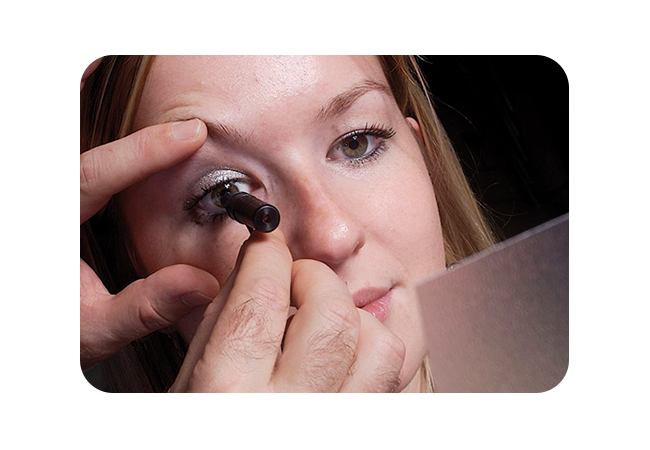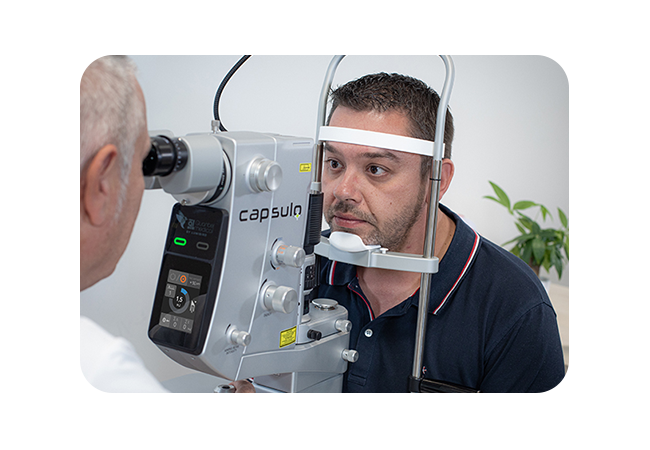What are Cataracts?
What does vision look like with cataracts?
A cataract is a clouding of the eye's natural lens, which lies behind the iris and the pupil. This clouding can cause vision problems, as the lens is essential for focusing light onto the retina, enabling clear vision. Cataracts can develop in one or both eyes, but they do not spread from one eye to the other.
What are the Types of Cataracts?
Cataracts can be broadly categorized into two main types: primary and secondary. Each category encompasses different underlying causes and characteristics.
PRIMARY CATARACTS
Primary cataracts develop primarily due to the natural aging process and other intrinsic factors. These are the most common types of cataracts and include:
- Nuclear Cataracts: These form in the center of the lens and are commonly associated with aging. They can cause the lens to turn yellow or brown and lead to significant vision impairment. People with nuclear cataracts may initially experience a temporary improvement in their reading vision, known as "second sight," but this effect diminishes as the cataract progresses.
- Cortical Cataracts: These begin as white, wedge-like opacities or streaks on the outer edge of the lens cortex and gradually extend to the center, interfering with light passing through the lens. They can cause glare and difficulty with night vision due to the scattering of light.
- Posterior Subcapsular Cataracts: These form at the back of the lens and often progress faster than other types. They can cause glare and halos around lights, especially at night, and affect reading vision. Posterior subcapsular cataracts are more common in younger people compared to nuclear and cortical cataracts.
SECONDARY CATARACTS
Secondary cataracts develop as a result of other medical conditions, medications, or environmental factors. They can also occur after cataract surgery. Key types of secondary cataracts include:
- Congenital Cataracts: Some people are born with cataracts or develop them during childhood. These can be genetic or caused by infections or trauma during pregnancy. Congenital cataracts may require early intervention to prevent vision impairment and developmental delays.
- Traumatic Cataracts: These result from an injury to the eye. Trauma can cause immediate damage to the lens or lead to cataract formation years later. Any sharp blow or penetrating injury to the eye can result in a traumatic cataract.
- Radiation Cataracts: Exposure to certain types of radiation, such as from cancer treatments or excessive exposure to UV radiation, can lead to cataract formation. Protecting the eyes from UV rays with sunglasses can help mitigate this risk.
- Medications: Long-term use of corticosteroids and certain other medications can cause cataracts. These medications can alter the biochemical processes within the lens, leading to its opacification. Patients on such medications should have regular eye examinations to monitor for cataract development.
- Systemic Diseases: Conditions such as diabetes can accelerate the development of cataracts. Diabetic cataracts tend to progress more rapidly and may occur at a younger age compared to cataracts in non-diabetic individuals.
- After Cataract Surgery (Posterior Capsule Opacification): Sometimes, cells can grow on the back of the new lens implanted during cataract surgery, causing cloudy vision. This condition, also known as secondary cataract or posterior capsule opacification (PCO), can be treated with a painless laser procedure called YAG laser capsulotomy.




